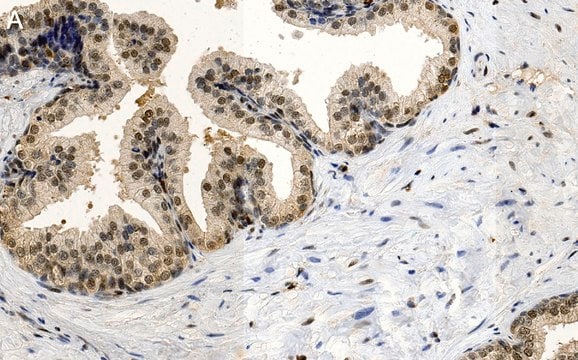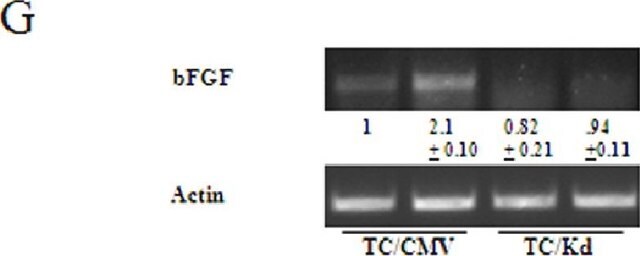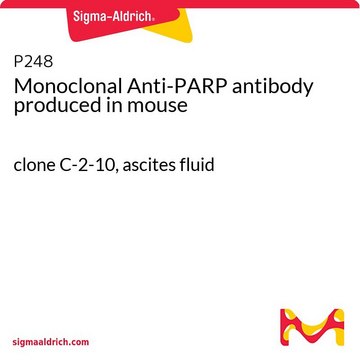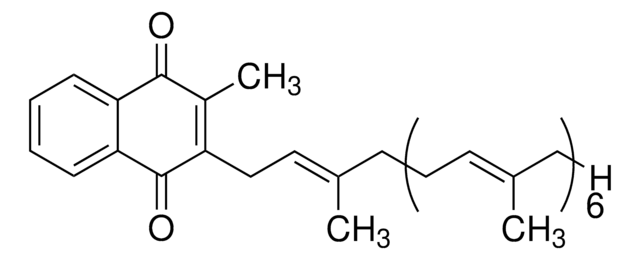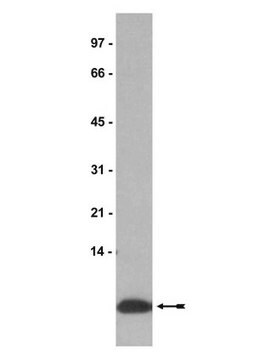05-118
Anti-FGF-2/basic FGF Antibody, clone bFM-2
clone bFM-2, Upstate®, from mouse
Synonym(s):
Basic fibroblast growth factor, basic fibroblast growth factor bFGF, fibroblast growth factor 2, fibroblast growth factor 2 (basic), heparin-binding growth factor 2
About This Item
Recommended Products
biological source
mouse
Quality Level
antibody form
purified immunoglobulin
antibody product type
primary antibodies
clone
bFM-2, monoclonal
species reactivity
mouse, bovine, human, rat
manufacturer/tradename
Upstate®
technique(s)
immunohistochemistry: suitable
radioimmunoassay: suitable
western blot: suitable
isotype
IgG1κ
NCBI accession no.
UniProt accession no.
shipped in
dry ice
target post-translational modification
unmodified
Gene Information
human ... FGF2(2247)
mouse ... Fgf2(281161) , Fgf2(14173)
rat ... Fgf2(54250)
General description
Specificity
Important Note: This antibody can cross-react with native and heat-inactivated basic FGF but will not neutralize biological activity (Uteza, Y., 1999). Upstate recommends anti-FGF-2/basic FGF, clone bFM-1 (neutralizing) (Catalog # 05-117) for neutralizing activity.
Immunogen
Application
Previous lots of this antibody have been shown to immunostain frozen brain sections fixed with ice-cold, ethanol:acetic acid [95:5]. This antibody has also been used at 10 μg/mL to stain paraffin-embedded sections (Matsuzaki, K., 1989).
Signaling
Growth Factors & Receptors
Quality
Western Blot Analysis:
0.5-2 μg/mL of this antibody detected 100 ng FGF-2/basic FGF, carrier-free (Catalog # 01-114).
Target description
Physical form
Storage and Stability
Analysis Note
Fetal liver or kidney tissue.
Other Notes
Legal Information
Disclaimer
Not finding the right product?
Try our Product Selector Tool.
recommended
Storage Class Code
10 - Combustible liquids
WGK
WGK 2
Flash Point(F)
Not applicable
Flash Point(C)
Not applicable
Regulatory Listings
Regulatory Listings are mainly provided for chemical products. Only limited information can be provided here for non-chemical products. No entry means none of the components are listed. It is the user’s obligation to ensure the safe and legal use of the product.
JAN Code
05-118:
Certificates of Analysis (COA)
Search for Certificates of Analysis (COA) by entering the products Lot/Batch Number. Lot and Batch Numbers can be found on a product’s label following the words ‘Lot’ or ‘Batch’.
Already Own This Product?
Find documentation for the products that you have recently purchased in the Document Library.
Our team of scientists has experience in all areas of research including Life Science, Material Science, Chemical Synthesis, Chromatography, Analytical and many others.
Contact Technical Service